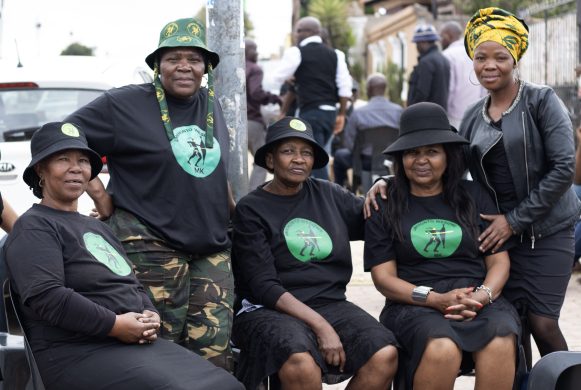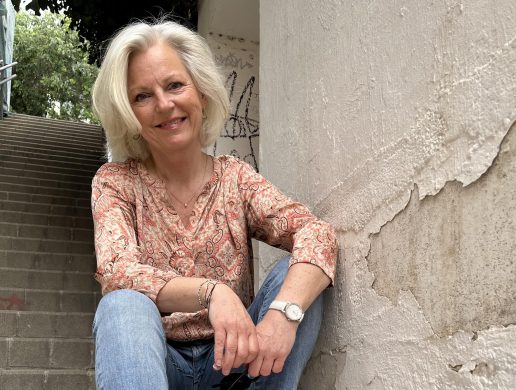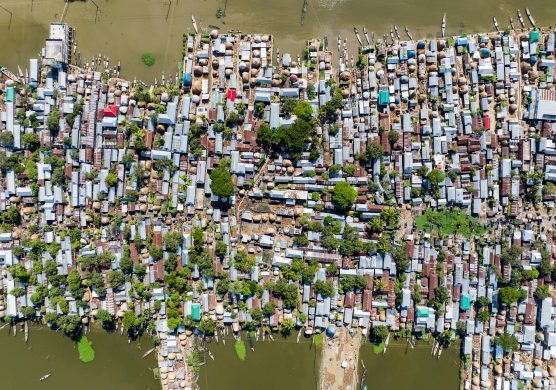Af Sundeep Radesh, U-landsnyt.dk
Nye teknologier vinder indpas i trafikken, og København er med helt fremme i feltet med innovative løsninger udviklet bl.a. af danske virksomheder.
Cycling through Copenhagen’s Nørrebrogade you may have noticed the string of green LED lights encouraging cyclists onward faster, or to relax and take it slow. This ‘green wave’ helps the city’s cyclists avoid red traffic lights.
One would hardly call them extravagant given the popular sight every morning of watching men and women in business suits cycling to work. With 55% of the city’s 1.2 million population preferring to cycle, it is the most popular means of transportation.
Coordinated at 20km/h they will zoom past green light after green light all the way into the city during the morning rush hour and the wave is reversed in the afternoon so bicycle users can flow smoothly home, too.
[video:https://www.youtube.com/watch?v=qYGL80qx71g]A journey around Copenhagen’s bicycle innovations by More Than Green
Teknologiske løsninger er ikke kun rettet mod cyklisterne
It isn’t all about the cyclists either. On a main artery of the city, truckers use their smartphones to see when the next light will change. And to take things one step further some suburbs sport LED streetlights that only brighten as a vehicle approaches and dim once they have passed. This is a city determined to become the world’s first carbon-neutral capital by 2025.
To take it yet another step further the network is eventually projected to let the sanitation department know which trash cans need emptying and informing bikers which route is faster or which route is quieter.
A city wifi-ed with sensors, data and software and a people with the political will to make access for bicycles in public spaces a priority and one that is economically relevant.
There are 50 million fixtures in cities worldwide that need replacing with LEDs and about 25 million of those are in Europe alone. What this does is put Copenhagen in the driver’s seat.
Whether it be solutions for traffic congestion, better speculation of where to salt when there is snow, keeping an eye on dodgy behaviour on busy street corners, public outdoor lighting or just switching from outdated technologies to ones that uses less energy and can last for decades, the world will want solutions. Copenhagen would be well placed to provide them.
To take it to yet another step further Los Angeles has almost completely switched to LED lighting and its pavement embedded sensors detect traffic congestion and synchronise signals.
Network and LED based pilot programs by the hundreds are being experimented with and dozens of installations are underway. This is most certainly a global race.
Teknologivirksomheder er med på bølgen
This is not just a race among cities, but technology companies too are stepping up their game as the biggest players are vying for their piece of the pie. Cisco has spent years trying to push through smart city applications, and is at present working with over 100 cities.
According to the New York Times, “In October, the company entered a partnership with Sensity Systems, which makes the advanced networks to help connect and coordinate the function of disparate agencies in cities as varied as Chicago, Bangalore, India and Barcelona, Spain.”
IBM and Phillips are just as aggressive, but this isn’t necessarily only a big players’ game. Silver Spring Networks has helped design the lighting project in Copenhagen to operate traffic and also provide networking platforms, software and services for critical infrastructure to utilities and cities.
Although not yet developed, a fully integrated network is coming executives and officials say, because city managers are eager to improve services while saving money and energy. And nowhere is that more evident than in Denmark, with the government aggressively pursuing efficiency upgrades and carbon-emission reductions.
In Albertslund 25 companies are participating in a demonstration project to test and show about 50 different networked street lighting systems known as the Danish Outdoor Lighting Lab.
Technicians control and monitor a range of lights along street and bike paths, in a project organised by the non-profit Gate 21 and the Technical University of Denmark.
København er klar til næste skridt
In very Scandinavian fashion an industrial area is turned into an exhibition, a site where cities all over the world can witness a high tech showroom that lets government officials study different systems in action before deciding what might best work at home.
A reed-like streetlamp with solar cells along the post and a small wind turbine on top provide a futuristic scene of self-lighting in the parking lot.
There is also engineering seemingly to motivate Copenhageners continue to stay with environmentally friendly means. The city is testing systems to prioritise buses or bikes over cars at intersections during certain hours, and has an installation that flashes a warning to truck drivers in a right-turn lane when cyclists are present.
The truckers for their part are also kept motivated, with tests in the city centre focussing on keeping trucks from making stops as they travel the major roads, which would save on fuel.
Needless to say all this has raised concerns among privacy advocates, who argue that the potential for misuse is high. However with one of the lowest rates of crime in the world there is little concern that the system will be used to track a person’s actions and with over half the population preferring to cycle, improving the ride is largely welcome.
Also in the works is a system that can automatically give a group of five or more cyclists right of way at intersections.














